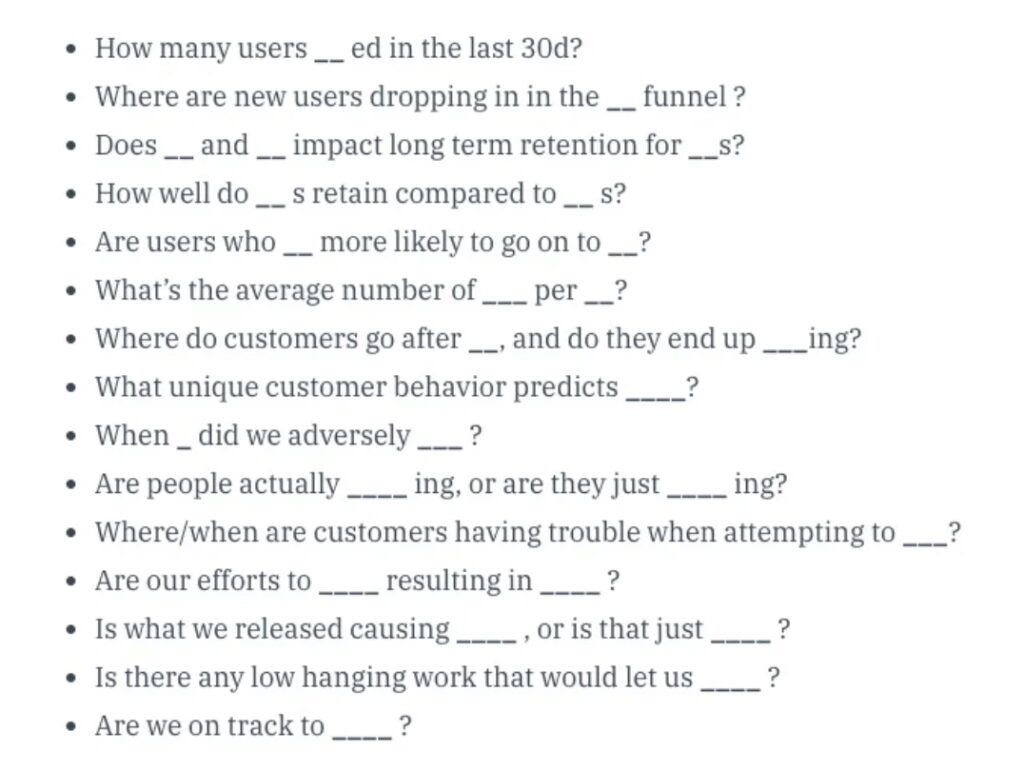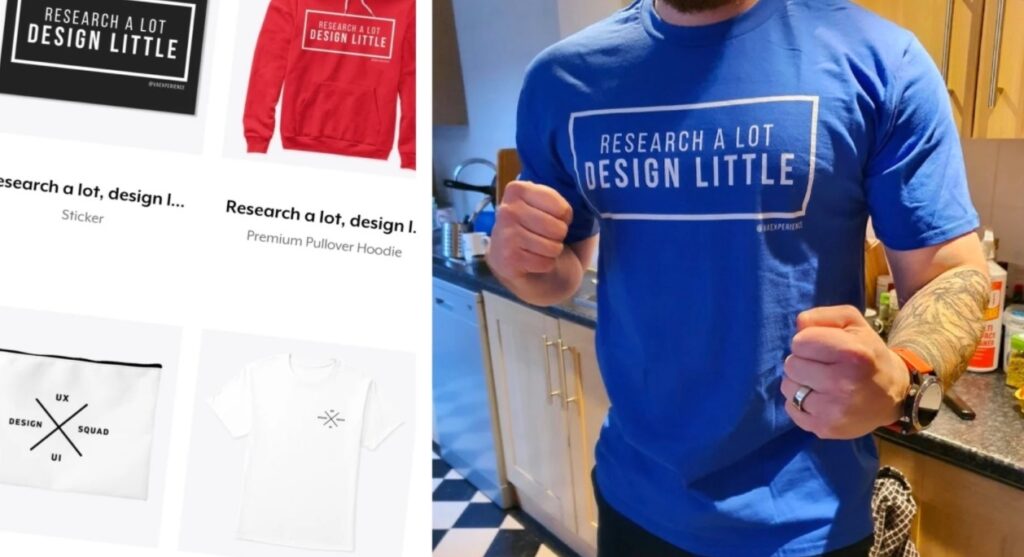In this newsletter, I want to share some bits that made me ponder, just like the better questions should. I’m a firm believer that the best user experience designers don’t ask a lot of questions. Instead, they ask well thought out succinct ones.
Often, the best designers ask stupid questions purposefully. On that in a moment.
- Let’s start with why asking better questions is so difficult.
Did you know that the question “Why the sky is blue” has over 135,000 searches on Google (based on approx. 6 months worth of Google search CPC optimisation data). Meanwhile, the first place is taken by “Why is there a leap day” with over 2 million worth of searches. You can find 1000 more of such questions by simply googling. Terrible questions? they are excellent and highlight the underlying issue of people being depended on the technology to get the simplest of answers. Behaviourally, because of the readily available access to information, we trained ourselves to ask questions that only Google and it’s machine learning algorithm can answer. Ultimately, the tools that are made to ease our lives are the ones that make us ineffective as people. It’s also a reason why so many designers struggle to come up with informed hypotheses to then carry on into their research. - Asking better questions results in better solutions. I came across this excellent article that highlights the critical issue with the current state of problem-solving: humans are impatient beings. We have an outstanding action bias that forces us to focus on the immediate outcomes way too much. (Jumping to conclusions is also a sign of inexperience designer). Hildy Gottlieb, the author at SSIR, argues that by changing the old questions, we can get drastically different results. She argues that the key to changing the questions is to champion the following 3 question areas: people, purpose, resources. Sounds familiar? You can see a clear connection to human-centred, user-focused approach to experience design. And so changing the initial questions to centre around people, purpose and resources (arguably in that order) will make you much more effective designer. Make sure to read more about it here: https://bit.ly/questionssoluti…

- One of my favourite product people, John Cutler, has just published a super actionable article on how to ask better questions within product teams: https://bit.ly/productq. Besides a handful of practical examples, John shared his go-to ‘fill-in-the-blanks’ question list, which I think would benefit all designers. That’s why I’d challenge you to take at least a few of the above questions to the next product team planning, ideation or assessment meetings:

- As you can see from the top examples, better questions are not “smart” questions. They are innately simple. That what makes them so effective.
Marketer Seth Godin argues that you should ask the opposite – the stupid questions. The ones that are so obvious, no one else will. One of the cautionary tales he shares is the inability to ask the right questions that ultimately cost Nokia in the mobile device market. In Seth’s words, “[Nokia] knew how to make a smartphone, they had already made a smartphone. They just didn’t get the joke.”…“[Nokia] didn’t understand that the purpose of the phone was to connect, not that the purpose of the phone was to make a phone call.” Arguably, they forgot to ask the stupid questions on the people, purpose, resources. Just imagine what their user experience could have been if they would ask the same questions as arguably technologically inferior Apple did? - This next snippet is for designers who want to practice their leadership skills. As a UX design manager, I really on other hands-on designer expertise. Most of them have many more years of experience under their belts: some are master researchers, others maestros in UI craft. It would be ludicrous to lead a design team with answers. Any design leader will tell you that the single best thing to do is to ask questions and let your teammates come up with the answers. Simple questions are the most powerful tool any designer (regardless of seniority) needs to use. It’s the only way to spark ideas, raise risks, influence the thought process of others. If you need more convincing, this article from HBR sums it up pretty well: https://bit.ly/leadersask
- And now to finish off and summarise all of the above – better questions are the most important skill designers must learn. This month’s random psychology study on measuring the intent and how it changes behaviour makes it much more factual. While you need to read the study itself, a here’s an extract that should put more weight to it: With more than 40,000 participants that revealed that simply asking someone if people were going to purchase a new car within six months increased their purchase rates by 35% — To quote the journal entry: “The results reveal that the effect of merely asking intent to buy once is an increase in the subsequent purchase rate”. And that’s how powerful the questions (especially targeted) are. https://bit.ly/behaviourquesti…
Unrelated to the above, but lastly something from yours truly. In the past month I’ve published a few UX videos, that you might have missed:
The harsh reality of getting into UX:
https://youtu.be/6TMd61wY8b0
macOS Big Sur: key UX/UI changes for designers:
https://youtu.be/ul1aXlfOs-A
Fuzzy cognitive mapping for UX design in human-centred AI:
https://youtu.be/bGPVKuKDNyA
UX case study: why documenting your process is so critical:
https://youtu.be/44DmRAopWOM
Finding a UX job – a numbers game?
https://youtu.be/T-T8ykPa_jE
Additionally, Youtube now allows me to add some UX themed merch to the channel. If you like what you see and would like to support the channel find it here: VAEXPERIENCE youtube merch store

Like what you see?
Get a monthly email with 7 design bullets. The things that kept me pondering over the last month that I think can benefit you. For example, you can expect a mix of:
- Design inspiration
- Emerging and disruptive tech
- Experience design ‘stuff’: UX, CX, service and product design how to’s, case studies and best practices
- Design ops, process improvements and better ways to work together
- Controversial topics and design challenging takes
- Random interesting psychology studies
- My UX resources I think would benefit you
+ a few concise thoughts on all of the above.
Ready to opt-in?
- Comes out once a month
- Absolutely free
- Spam-free
- Unsubscribe anytime
